
Emerald Ash Borer has been receiving a lot of press lately and the threat that it poses to the ash tree population in Nebraska. EAB specifically feeds on ash trees or other members of that particular plant family. In Nebraska alone there are four million ash trees that are susceptible to this particular problem; so with Nebraska not being a heavily forested state, and the potential loss both from a quality of life as well as the potential expense which could lead to over $900 million in the removal or treatment of the effected trees, there is a lot to be discussed.
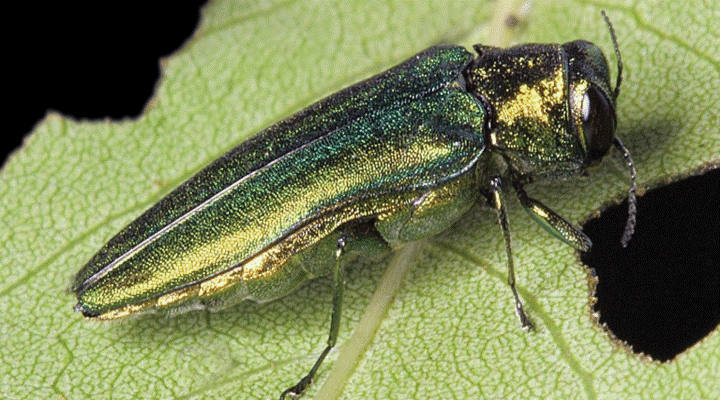
Photo Courtesy of: University of Kentucky Forest Extension on Nature.org
The pest was actually found in the United States in the late 1990’s, early 2000’s. It was located in Detroit, Michigan and they think it was brought into the country from Asian via wood shavings or packing material. EAB has a very specific host – all things ash – White Ash, Green Ash, Blue Ash; all the species of ash are prone to this particular problem.
In regards to treatment of ash trees, any kind of management strategy, we would like to take a diverse approach to this particular problem. There are a few things we would like you to consider in reference to EAB in regards to taking proactive action. One would be to determine if you have ash trees on your property. Being able to accurately identify an ash tree is important.
One of the key reasons why ash trees are selected because they have this perfect, rounded, globe shaped form in the nursery. It’s hardy and tough; a durable choice for the Great Plains, selected frequently for its performance in harsh conditions. You can identify an ash based on the furrowed diamond-shaped bark of a mature tree.
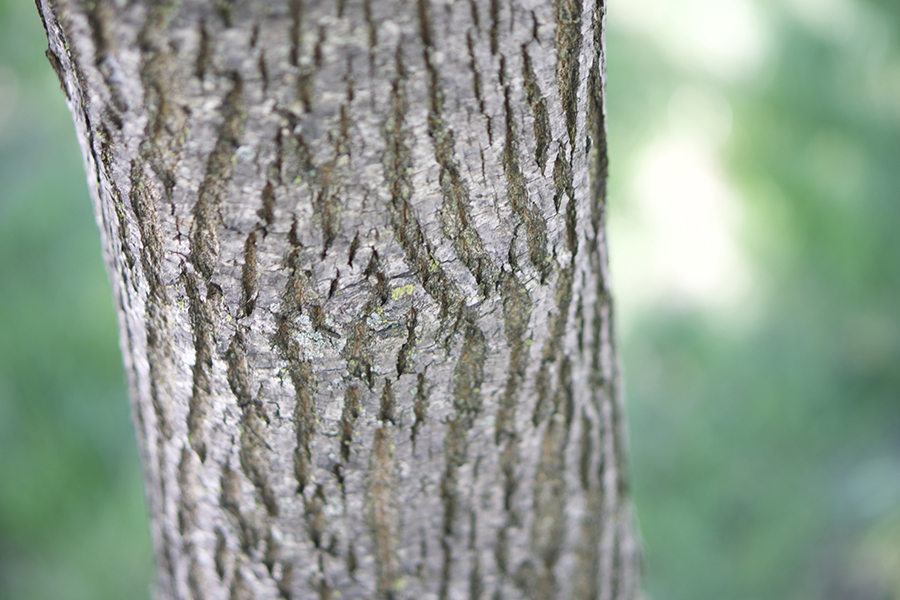
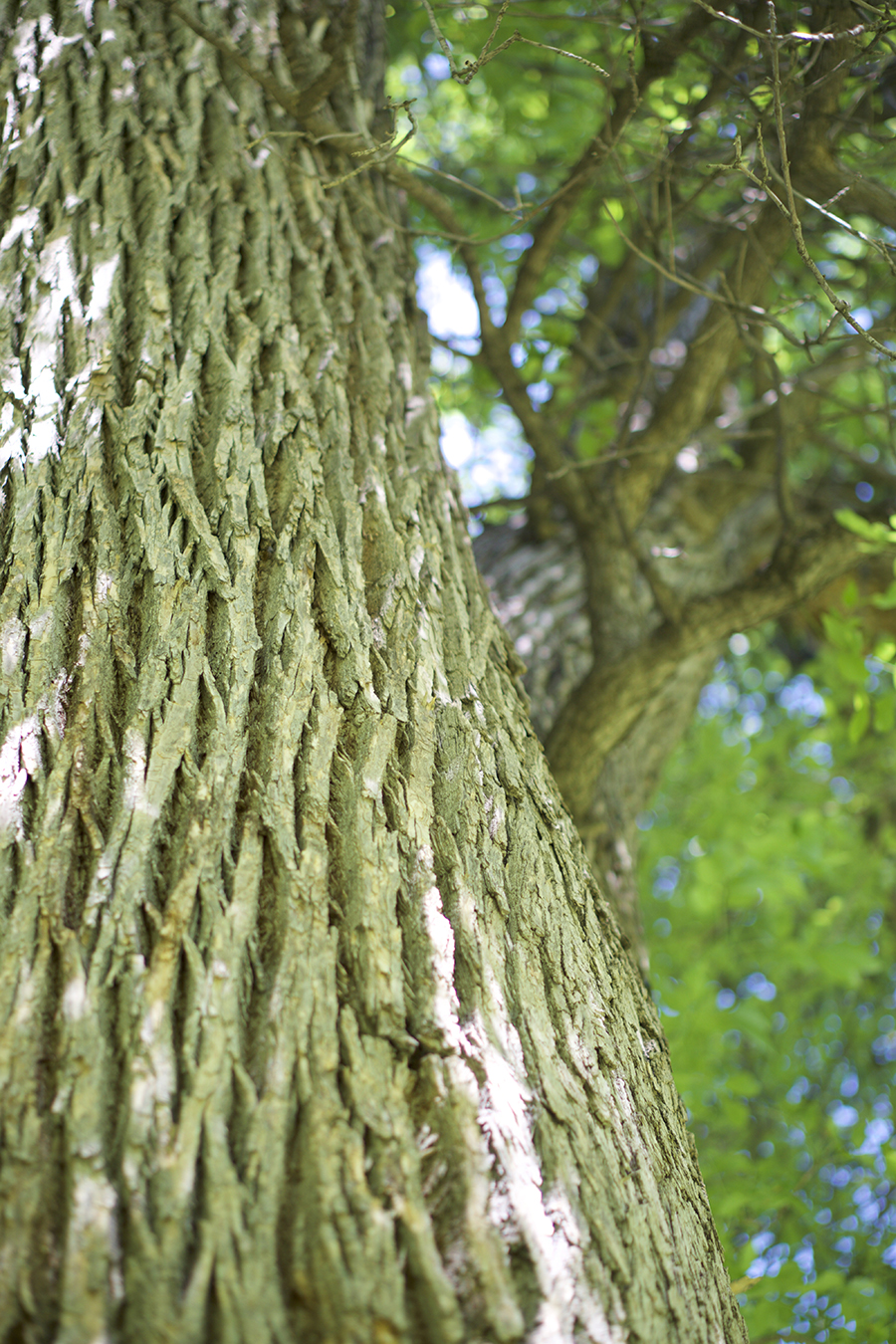
Another way to ID an ash is by its leaves. The leaves are opposite one another and considered compound, meaning they are composed of smaller leaflets. Green ash has yellow fall color and white ash has a stunning purple fall color.
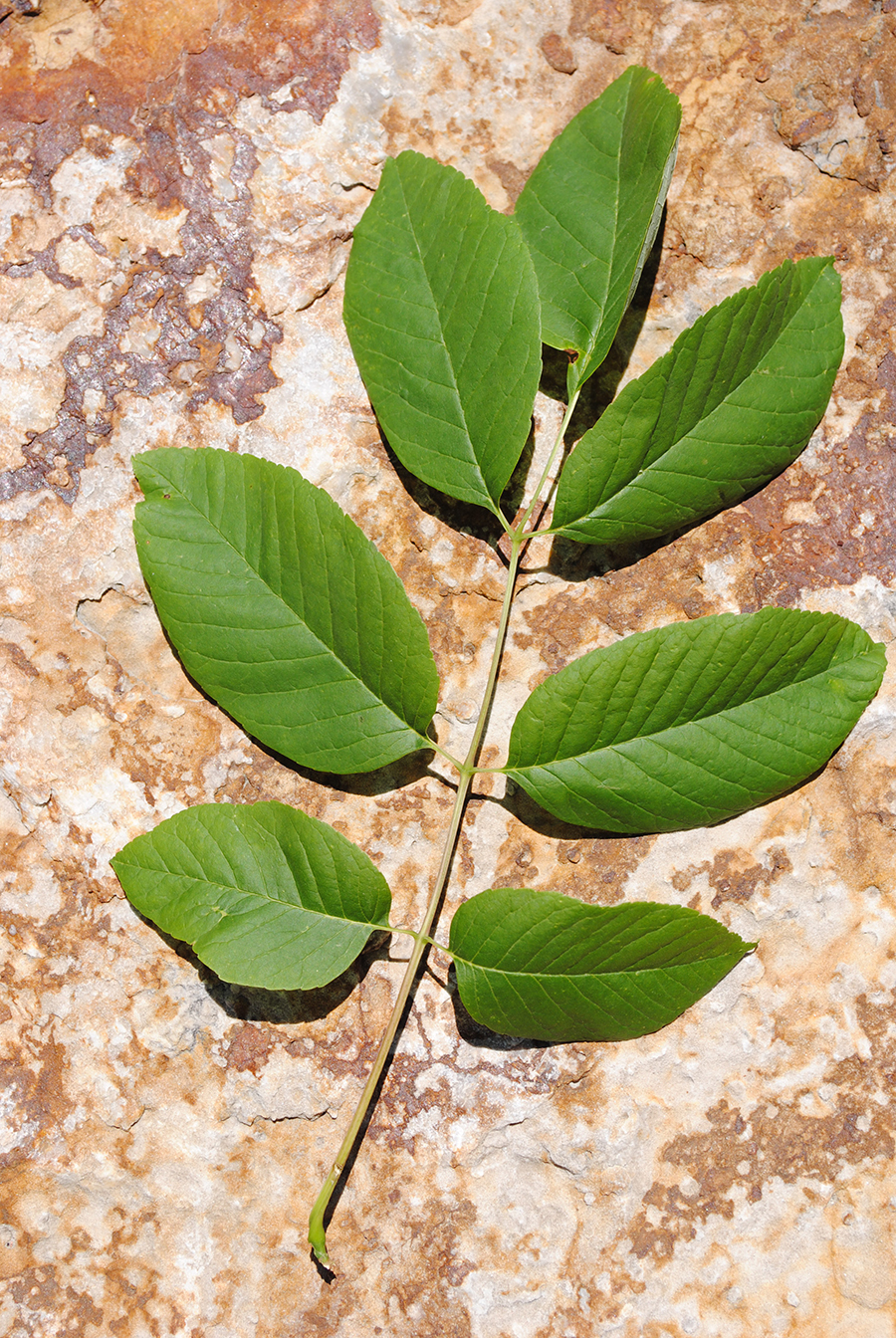
Those are just a few ways to ID an ash tree. If you are still struggling to determine if you have an ash or not, consult this identification guide from the Nebraska Forest Service or send a picture our way on Facebook.
The next step would be to determine how much value that ash tree contributes to your home and outdoor space. If you live in an area that is not heavily shaded or a newer development, and you currently have an ash tree on the southwest side of your home, that tree is going to be very valuable to you in regards to shade and protection. That ash tree would probably be a candidate to consider for treatment because it’s a primary shade tree on your property. If you have an ash tree that’s not healthy, or misplaced; let’s say it’s too close to the house or too close to the sidewalk, it might be more economical to remove the ash rather than to treat it, particularly if it’s small. The cost of removal at this time would significantly less, rather than if you wait and let it grow and potentially cause more problems by treating it. You need to weigh out economic factors compared to the health, vigor and value of the tree in question.
We also want you to consider starting to replant. There are some proactive things you can do at a lower cost expense, and start to select other trees that will take the place of that ash tree at this time.
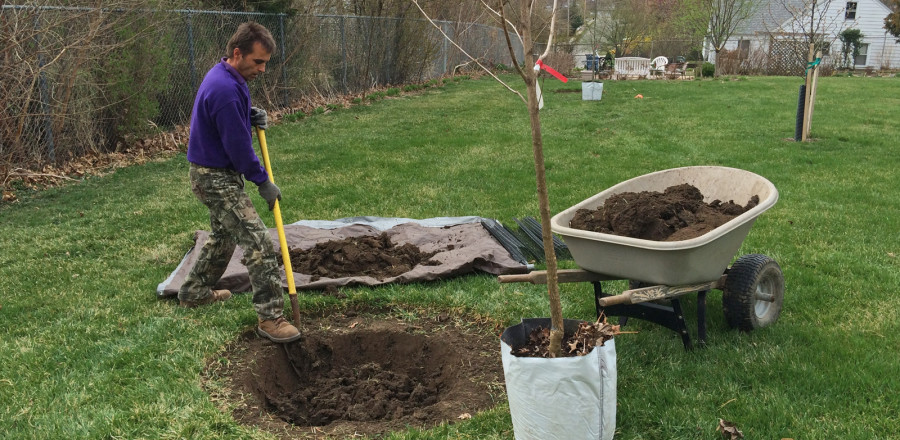
One of the biggest misconception with EAB is that we should automatically start treating. We are people that want to try and fix things and are quick to jump on the ‘simple solution’ bandwagon. Once you start treating you’re going to have a commitment for a long time, running into a long continuing expense that ultimately may not save the ash tree, but only prolong its life.
There’s a lot of scientific advances going on right now in regards to Emerald Ash Borer, but diversification and balance within the landscape in reference to the plant materials we select is a key component to the success in conquering this particular type of pest. You might want to consider alternatives like Hackberry, Swamp White Oak, Red Oak, Chinquapin Oak, or something unique and unusual that would still be considered a native but is underplanted like a Hornbeam. You have options! You can get a small tree at a fairly reasonable price, get it planted, get it started, and in three to five years you might have a tree that can take over where you ash once was.
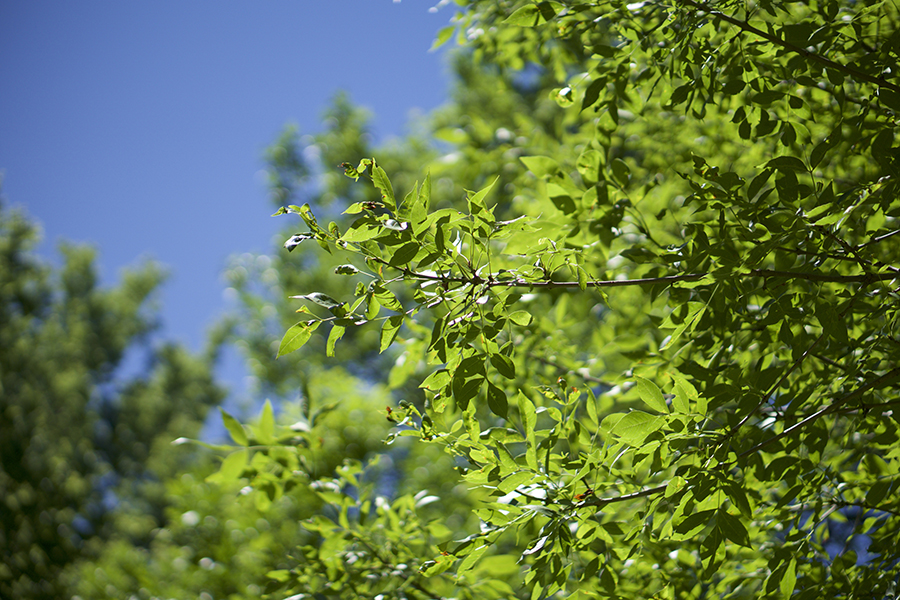
We’ve gone to various seminars to make sure we have the most updated information on EAB, a lot of these seminars are put on by the Nebraska Forest Service or the Nebraska Statewide Arboretum. Right now everyone is trying to do everything they can to be prepared for the spread of EAB, but don’t be pressured into the wrong approach.
With this information and training we have other mechanisms in place, rather than simply treating. So please evaluate the health and value of your tree and don’t get so caught up in treatment right away. At Kinghorn Gardens we have a motto in regards to the Emerald Ash Borer problem: Don’t Panic, Plant!
If you have any further questions about Emerald Ash Borers or EAB strategies, please give us a call at 402-457-6492 or send us an email at hello@kinghorngardens.com.
Exciting! New plants in the garden! But wait....now what? How much water? When? Quick considerations before watering: Sun & Shade - Although most may say that shade gardens need less...
Spring fills us with wonder. Not in the ‘feeling of surprise mingled with admiration, caused by something beautiful’ kind of way. More along the lines of ‘what can I plant in my empty...